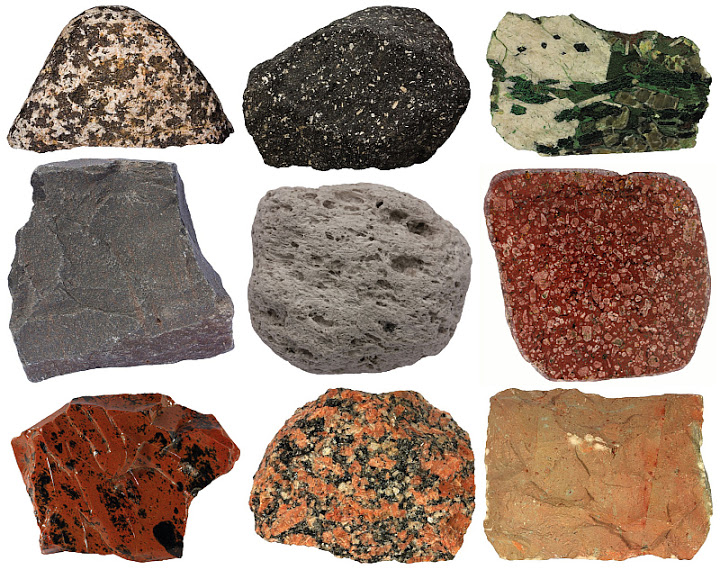When it comes to gemstones, the allure of semi-precious stones captivates both collectors and casual enthusiasts alike. Unlike their precious counterparts, such as diamonds, rubies, and emeralds, semi-precious stones offer a diverse array of colors, patterns, and textures, making them highly sought after for jewelry, decor, and metaphysical purposes. However, distinguishing between semi-precious and non-precious stones can be a daunting task. In this article, we will explore the characteristics that define semi-precious stones, the methods to identify them, and tips for ensuring you make informed purchases.
Understanding Semi-Precious Stones
Before diving into identification techniques, it’s essential to understand what semi-precious stones are. The term semi-precious is somewhat misleading, as it does not denote a lower quality but rather a classification based on rarity and market demand. Semi-precious stones include a wide variety of minerals and organic materials, such as amethyst, turquoise, garnet, and opal. Each of these stones possesses unique properties that contribute to their beauty and value.
Key Characteristics of Semi-Precious Stones
To identify a semi-precious stone, one must consider several key characteristics:
- Color: The color of a stone can provide significant clues about its identity. Semi-precious stones can exhibit a wide range of hues, often influenced by their mineral composition. For instance, amethyst is known for its purple shades, while citrine showcases vibrant yellows.
- Transparency: The clarity of a stone can also help in identification. Some semi-precious stones, like quartz, can be transparent, while others, such as jade, may be more opaque. Observing how light interacts with the stone can reveal important information.
- Hardness: The Mohs scale of mineral hardness is a useful tool for determining a stone's durability. Semi-precious stones typically range from 5 to 8 on this scale. For example, garnet has a hardness of 7.5, making it more durable than softer stones like turquoise, which ranks around 5 to 6.
- Luster: The way a stone reflects light can indicate its type. Semi-precious stones can exhibit various types of luster, including vitreous (glass-like), resinous, or pearly. For instance, opal has a unique play-of-color that sets it apart from other stones.
- Inclusions and Patterns: Many semi-precious stones feature unique inclusions or patterns that can aid in identification. For example, the banding in agate or the flecks in labradorite can be distinctive markers.
Methods for Identifying Semi-Precious Stones
Once you are familiar with the characteristics of semi-precious stones, you can employ several methods to identify them accurately:
- Visual Inspection: Start with a thorough visual examination. Use a magnifying glass or jeweler's loupe to inspect the stone closely for color variations, inclusions, and surface texture.
- Scratch Test: Conduct a scratch test using materials of known hardness. This method can help you determine the stone's position on the Mohs scale. However, be cautious, as this can damage softer stones.
- Acid Test: Some stones react to acids, which can help in identification. For example, calcite will fizz when exposed to hydrochloric acid, while quartz will not react.
- Specific Gravity Test: This test measures the density of the stone compared to water. Each mineral has a specific gravity range, which can help narrow down the possibilities.
- Professional Appraisal: If you are uncertain about your findings, consider consulting a gemologist or a professional appraiser. They possess the tools and expertise to provide an accurate identification.
Tips for Purchasing Semi-Precious Stones
When purchasing semi-precious stones, whether for personal use or investment, consider the following tips:
- Research: Familiarize yourself with the specific stone you are interested in. Understanding its characteristics, market value, and potential treatments can help you make informed decisions.
- Buy from Reputable Sources: Purchase from established jewelers or gemstone dealers who provide certification for their stones. This ensures authenticity and quality.
- Ask Questions: Don’t hesitate to ask the seller about the stone's origin, treatment, and care instructions. A knowledgeable seller will be happy to provide this information.
- Trust Your Instincts: If a deal seems too good to be true, it probably is. Trust your instincts and be cautious of overly low prices.
Conclusion
Identifying semi-precious stones can be an enriching experience, allowing you to appreciate the beauty and diversity of nature's creations. By understanding the key characteristics, employing various identification methods, and following prudent purchasing tips, you can confidently navigate the world of semi-precious stones. Whether you are a collector, a jewelry maker, or simply an admirer, the knowledge you gain will enhance your appreciation for these stunning gems. Happy gem hunting!
